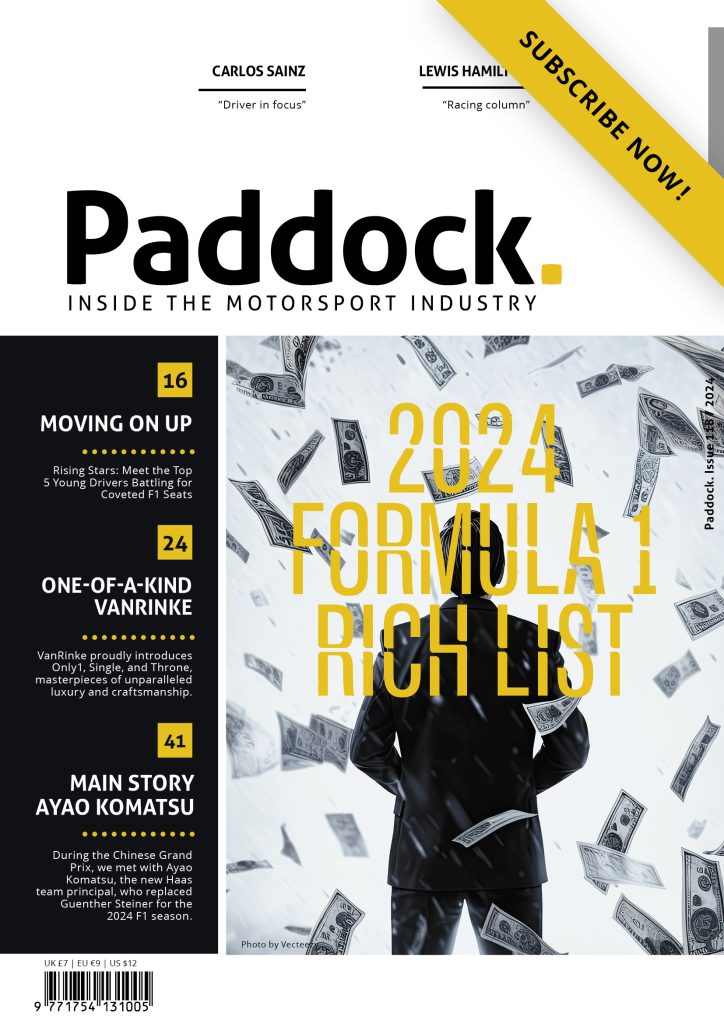Some cars are just cars, and some end up becoming pop culture icons. The original Volkswagen Beetle was a total legend. It’s the kind of car that didn’t just show up on streets — it showed up in movies, songs, driveways, and basically the collective memory of an entire generation.
If you’ve ever found yourself scrolling through listings for a used Volkswagen Beetle for sale, you already know there’s something timeless about that classic shape and easygoing vibe. But if it was so beloved, why did VW eventually pull the plug on the original model?
Read on to find out.
What Made the Original Volkswagen Beetle So Popular?
The original Beetle was different from the start. First designed in the 1930s, the Beetle was built to be affordable, practical, and simple enough for everyday drivers. That alone set it apart in a world where cars were getting bigger, flashier, and way more expensive.
But it wasn’t just about price. People connected with the Beetle’s quirky design — the round shape, the bug-eyed headlights, the little engine tucked in the back. It had a personality, and somehow, it made driving feel a little more fun and a little less serious. By the time the 1960s and ’70s rolled around, the Beetle had become a cultural icon, popping up everywhere from Hollywood movies to college campuses to suburban driveways.
Durability played a big role, too. These cars were famously tough, easy to repair, and reliable enough to stick around for decades. For a lot of people, buying a Beetle was like joining a club.
When Did the Original Beetle Start To Struggle?
Even icons have their challenges. By the late 1970s, the automotive world was undergoing rapid change, and the Beetle was struggling to keep pace. Newer models from Japan and the U.S. were offering better gas mileage, more power, and more modern features at competitive prices. Suddenly, that simple, old-school charm just started to feel old.
On top of that, regulations around emissions and safety were getting stricter. The original Beetle’s air-cooled engine, while lovable, wasn’t exactly designed for low emissions. Features like crumple zones, airbags, and advanced brakes were becoming standard across the industry. However, updating the Beetle to meet those new standards would’ve meant completely overhauling its core design.
At a certain point, it became clear that the Beetle’s original blueprint — the very thing that made it special — was holding it back. Drivers were asking for more comfort, better performance, and safer rides. The Beetle, for all its charm, just wasn’t built for the future that was coming.
So, When Did the Original Beetle Say Goodbye?
In the U.S., the end came in 1979. Volkswagen officially stopped selling the classic Beetle sedan here after years of slowing sales and mounting pressure to meet stricter safety and emissions standards. It wasn’t practical anymore to keep updating a design that had stayed mostly the same since the 1930s. The Super Beetle Convertible stuck around a little longer, but by 1980, even that model disappeared from U.S. showrooms.
Globally, though, the Beetle’s story didn’t wrap up quite as fast. Production continued in countries like Mexico and Brazil for decades. In fact, the very last classic Beetle rolled off the line in Puebla, Mexico, in 2003. That made the Beetle one of the longest-running and most produced car models in history.
At every step, the decision to phase it out was about more than just numbers. Modern buyers were demanding cars that could keep pace with new technology, comfort features, and safety expectations — and as much as the Beetle was loved, it simply wasn’t built for that next chapter. Rather than radically redesign it and lose what made it special, VW let the original icon retire on its own terms.
Can You Still Find Classic Volkswagen Beetles Today?
Still dreaming about owning a classic Beetle? You’re definitely not alone. Plenty of original models are still cruising around — some restored to show-car status, others rocking the dents and scratches they earned along the way. If you’re after that old-school, air-cooled charm, they’re out there — you just have to know where to look.
On top of that, there’s a whole generation of later Beetles, like the New Beetle (1998–2010) and the Beetle A5 (2011–2019), that kept the iconic look alive with modern updates. No matter what year catches your eye, there’s something special about sliding behind the wheel of a car that made history — and somehow still feels right at home on today’s roads.
A Classic That Still Turns Heads
The original Volkswagen Beetle may have ended its official run decades ago, but its story is still going strong. From its humble beginnings to its global fame, the Beetle made a mark that few cars ever could.
If you’re thinking about tracking one down, it helps to know what you want — a fully restored classic, a fixer-upper, or maybe a modern take with vintage vibes. Either way, the spirit of the Beetle lives on.






Related Articles